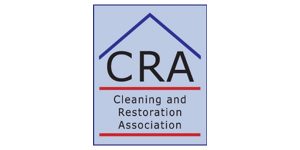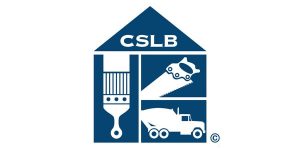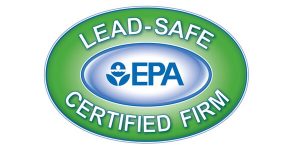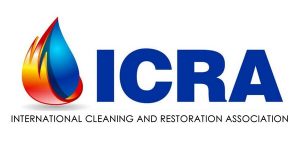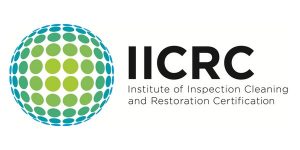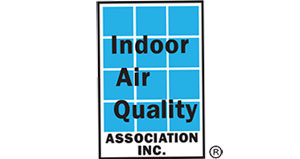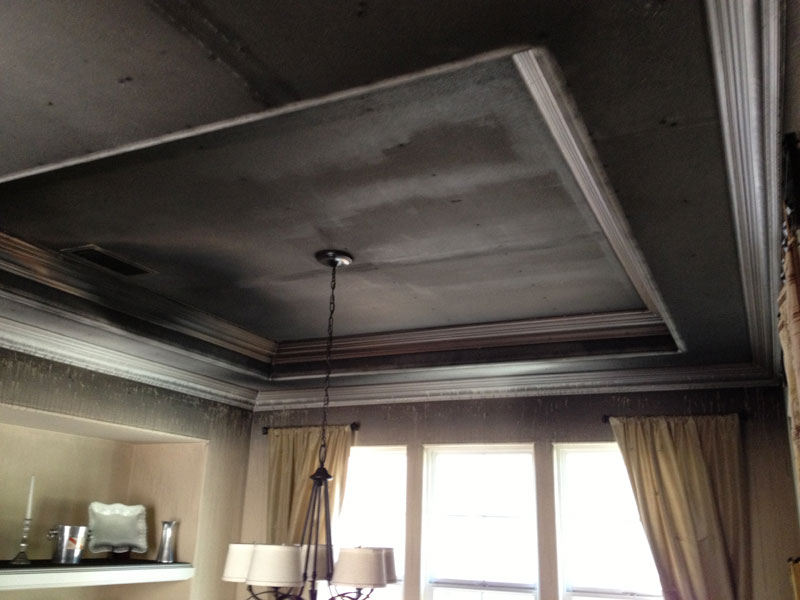
Fires, floods, and mold. They can all lead to hard to remove odors that seem to last forever, especially fire and smoke odors. Property managers, real estate agents, business owners, and homeowners alike often try to deal with the problem themselves only to find out too late that they needed a professional odor removal expert.
DIY
Do-it-yourself is often successful for small problems, and there are many consumer products for treating various sources of smells. But keep in mind that odor-causing compounds can penetrate so deeply into porous materials that even a restoration specialist can no longer remove them. So if you can’t remove the odors immediately, call in the pros.
TIP: Your nose acclimates to any continuous smell so that you can no longer sense it. In order to be sure you’ve been successful, leave your home or business for perhaps an hour. Can you smell anything when you return?
Smoke Odor Removal
Smoke and soot can reach just about anywhere, and their countless chemical compounds become trapped within many porous materials where they’re essentially permanent. That can happen in as little as a day. So don’t try smoke & odor removal yourself for anything more than a small stove-top flare up.
Here are the general recommendations. Keep in mind that like most sources you’ll find, it assumes a “dry” and alkali smoke. Some fires produce an oily “wet” soot, and cleaning liquids just smear it around. Also be aware that even slight pressure, such as the mere touch of a vacuum cleaner head or brush, can force contamination in even deeper.
- Air out affected areas as soon as possible. Place exhaust fans in windows, and have other fans blow into corners, closets, and opened cabinets.
- Move as many items as possible outdoors, especially furniture and area rugs. That way they won’t get further contaminated, and won’t contaminate other items.
- Clean every nook and cranny you can get to. White vinegar mixed with water is a quick home-brew. Don’t forget…
- Air ducts & HVAC equipment
- Blinds
- Books (air them out)
- Carpets (Sprinkle with baking soda, wait, then vacuum. But professional carpet cleaning by a smoke expert is best.)
- Floors (Uncarpeted floors can be mopped, but only damp-mop laminate flooring.)
- Upholstery (Vacuum without actually touching the fabric, then clean.)
- Walls (Thoroughly clean building surfaces. Diluted ammonia or vinegar is good for many but not all wall finishes. Rinse well, let dry thoroughly. You might need to apply an odor-blocking primer and re-paint, but smoke deposits may remain in other parts of the structure.)
- Windows, screens, shades, and sills need a thorough washing.
- Everything that can go through the clothes washer should be repeatedly washed until they no longer smell. That may include drapes, slipcovers, clothes, linen, duvets, and blankets. Don’t run them through the dryer in between — heat sets odors as well as stains. It may take as many as 5 or 6 washings! You might add baking soda and vinegar to your regular detergent, or better still use ERA® liquid detergent.
Mold Odors
To remove mold odors, remove the mold! But that’s a whole other topic.
Even with the source gone, you may still have MVOC (microbial volatile organic compounds) with varying degrees of smell. Dealing with them is much like dealing with smoke. With windows closed, activated-charcoal air purifiers are also effective in gradually capturing those MVOCs.
Professional Odor Control
Yes, that’s a lot of work!
And without training and special equipment, you’re not guaranteed a positive outcome. Regular cleaning services aren’t up to the task — you need professional cleaning by well-trained odor removal technicians.
The pros typically begin with the thorough cleaning but using specially formulated products including reactants and neutralizers. They’re also likely to use HEPA filters and other scrubbers to pull contamination from the air as they work. Most importantly they’ll bring in the heavy artillery — truck mounted and portable equipment to remove odors deep within the structure.
Thermal Foggers
Thermal fogging raises indoor temperatures to re-open pores near the surface that opened during a fire. A special fog of tiny droplets reacts with the VOCs, permanently eliminating their smells. There’s really nothing as effective for getting rid of fire and smoke odors for good.
Ozone Generators
Regular oxygen is actually a molecule of two oxygen atoms. Ozone is a molecule with three. It’s an extremely active oxidant (the building must be unoccupied during ozone treatment) that breaks apart VOCs. Any lingering ozone quickly becomes plain old oxygen. It’s like “OxyClean®” but for smells.
Hydroxyl Generators
Water, H2O, is two atoms of hydrogen and one of oxygen. Hydroxyl is water with one of the hydrogens removed. It’s also a powerful oxidizer that decomposes VOCs and becomes just a bit of carbon dioxide (CO2). Hydroxyl treatment requires a few days, but the building can be occupied throughout that time.



